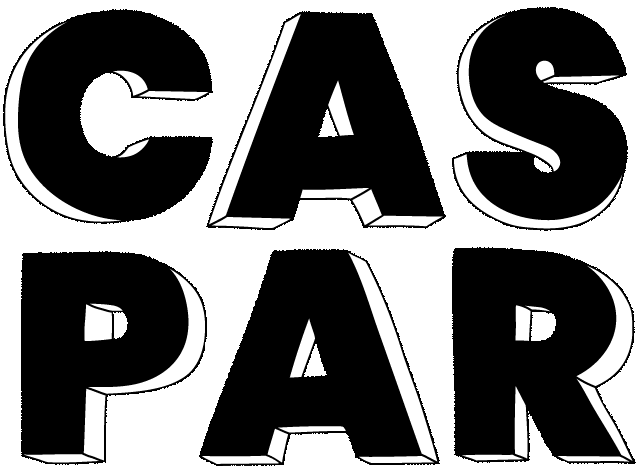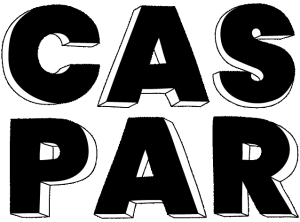This website uses cookies so that we can provide you with the best user experience possible. Cookie information is stored in your browser and performs functions such as recognising you when you return to our website and helping our team to understand which sections of the website you find most interesting and useful.
Privacy Overview
Strictly Necessary Cookies
Strictly Necessary Cookie should be enabled at all times so that we can save your preferences for cookie settings.
If you disable this cookie, we will not be able to save your preferences. This means that every time you visit this website you will need to enable or disable cookies again.
3rd Party Cookies
This website uses Facebook Pixel and Google Analytics to collect anonymous information such as the number of visitors to the site, and the most popular pages.
Keeping this cookie enabled helps us to improve our website.
Please enable Strictly Necessary Cookies first so that we can save your preferences!






How To Choose the Perfect Fabric for Your DIY Project?
DIY is a term we encounter everywhere.
Everybody already knows it’s short for Do It Yourself.
But what does DIY include?
Some will instantly think about patching up holes in the wall, others about making their own bath bombs, cutting their own hair, manufacturing furniture or sewing their own clothes.
Correct answer is – well, all the above! DIY includes performing tasks on your own, instead of paying for a product or service.
However, we’re Caspar so, in this case, we’re going to focus on the last task: sewing. Clothes, bags, pillowcases, curtains, tablecloths, accessories like scarfs, clothes for children, blankets – you can make all of these at home.
Take it easy, it’s not as simple as it sounds.
What does DIY sewing at home look like?
Some will think that a sewing machine, a couple of threads and a fabric are enough.
But that’s far from it!
Sewing involves a certain level of knowledge, some of which you can acquire only through practice. Still, you can start simply by watching a YouTube tutorial, reading a book or (this) blog.
There are A LOT of fabrics and knits. And not all of them will be suitable for every project – one will be great for making clothes, the other one for curtains, and another one for scarves. One will stretch and glide through your sewing machine so it won’t be an ideal fit for beginners, while others will stand still and patiently wait to be formed by you.
Keep this in mind before you throw yourself into a project, and answer these questions:
If you’ve successfully answered these questions, we can move on.
To make your DIY projects easier, we’ve made a list of suitable fabrics according to the various types of projects. You just need to click on the link and see which fabric corresponds to your task.
Casual clothes
Cotton. Everything made of cotton is so light, so breathable, it feels so good on the skin – clearly there’s no better option for casual clothes in which you’ll chill on the couch or take a walk through the park.
Of course, viscose doesn’t lag behind either. It’s equally soft and drapes down the body beautifully.
Fashion accessories
Bags, shawls and scarves – which materials are ideal for fashion accessories?
It’s easy to choose – just keep in mind whether you need a light and airy material (for a shawl) or a firm one for a bag. Here’s the solution:
Kids’ and baby clothes
If you’re thinking about designing kids’ or baby clothes, be especially careful while choosing the right material. Their sensitive skin will love natural materials like cotton, as well as viscose.
Fashion clothing
Why did we put fashion clothing in its own category? Because materials used in the making of tracksuits are different from the ones you’ll make a fashion dress out of. For skin-tight pieces there is no better material than viscose, while the twills are used for firmer and sharper lines.
Home decor
You’re probably aware that you won’t need the same type of fabric for comfy undershirts and for pillowcases which will be placed on the terrace couch, right? Home decorations acquire somewhat firmer materials, and twill and linen are the rightful winners.
Have you found your fabric? Take a peek at our Fabric Types page and find the one that suits you!
Related Posts
Cotton Twill: All secrets of this famous diagonal pattern
There are plenty of materials on offer today – natural or synthetic, heavy or light, with diagonal or horizontal patterns, smooth or sharp – something to soothe everyone’s taste, one could say. One of the most popular materials in the world is cotton twill – the king amongst fabrics with its recognizable diagonal lines. First …
Differences between natural and synthetic fabrics
Natural and synthetic fabrics – Main differences Have you ever wondered why is that dear cotton shirt of yours so comfortable to sleep in, but not quite appropriate for gym practice? Or how come that stuffed winter jacket dries faster than the light spring one? The answers to these questions lie in the type of …
How can you take proper care of our apparel and fabrics?
How many times have you destroyed your new piece of clothing by improper care? Perhaps you washed the white shirt with red socks. Maybe you ironed a polyester shirt on cotton settings, or washed it on 60°C. In order to prevent further mourning over your favourite pieces of clothing, we present to you a brief …